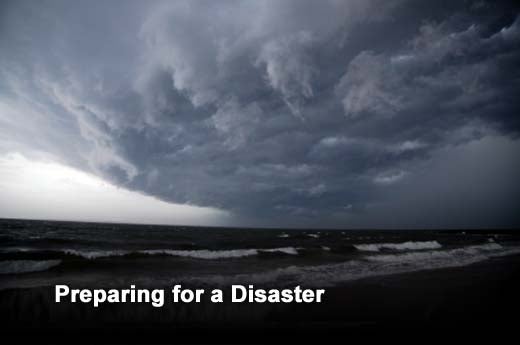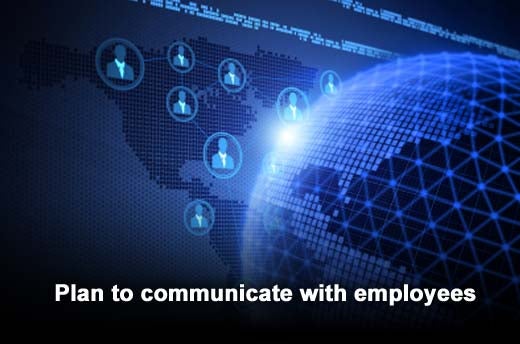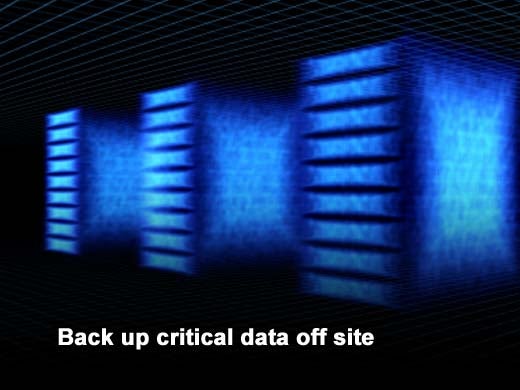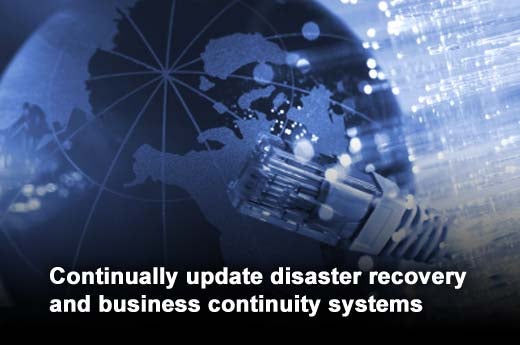
The small bit of good news is that there is a growing understanding of how businesses can minimize a hurricane’s disruption and expense. The ideas here are a mix of general approaches and specific suggestions. Many of them may not have appeared on IT’s list of responsibilities to date; if that is the case, and IT will not be able to take care of them all, at the very least make sure they are addressed by facilities or another department.
Click through for 10 best practices that can help your business survive a natural disaster.
There has been a revolution in communications technology. Use it. Both conventional and unconventional means of staying connected – such as social media – should be utilized.
Many things can be done long before a storm arrives, and even more as it nears. This list from Cushman Insurance highlights both. You may wish to use it as a checklist.
Finding out that the roof, windows and doors are in bad shape and don’t seal firmly during the height of a hurricane is not ideal. Seal it all up or hire someone who can.
The Emergency Alert System has been modernized and upgraded during the past few years. Understand where the information is.
If a hurricane affected a company, it affected its workers. Getting pay to employees is never more important than in a hurricane’s aftermath, when everyone needs cash. Take steps to do so.
Many companies will want to help. Let them.
Plan intelligently — and assume that dire days are ahead.
A great feature of the cloud and virtualization trend is that it eases the task of housing critical data in multiple locales.
Financial institutions should be prepared to take special precautions. A hurricane doesn’t reduce the unique responsibilities these companies have.
New approaches and technology for disaster recovery and business continuity are emerging on a continuous basis. Keep up with these advances. Also, keep contact lists current and distributed to all who may need them.













